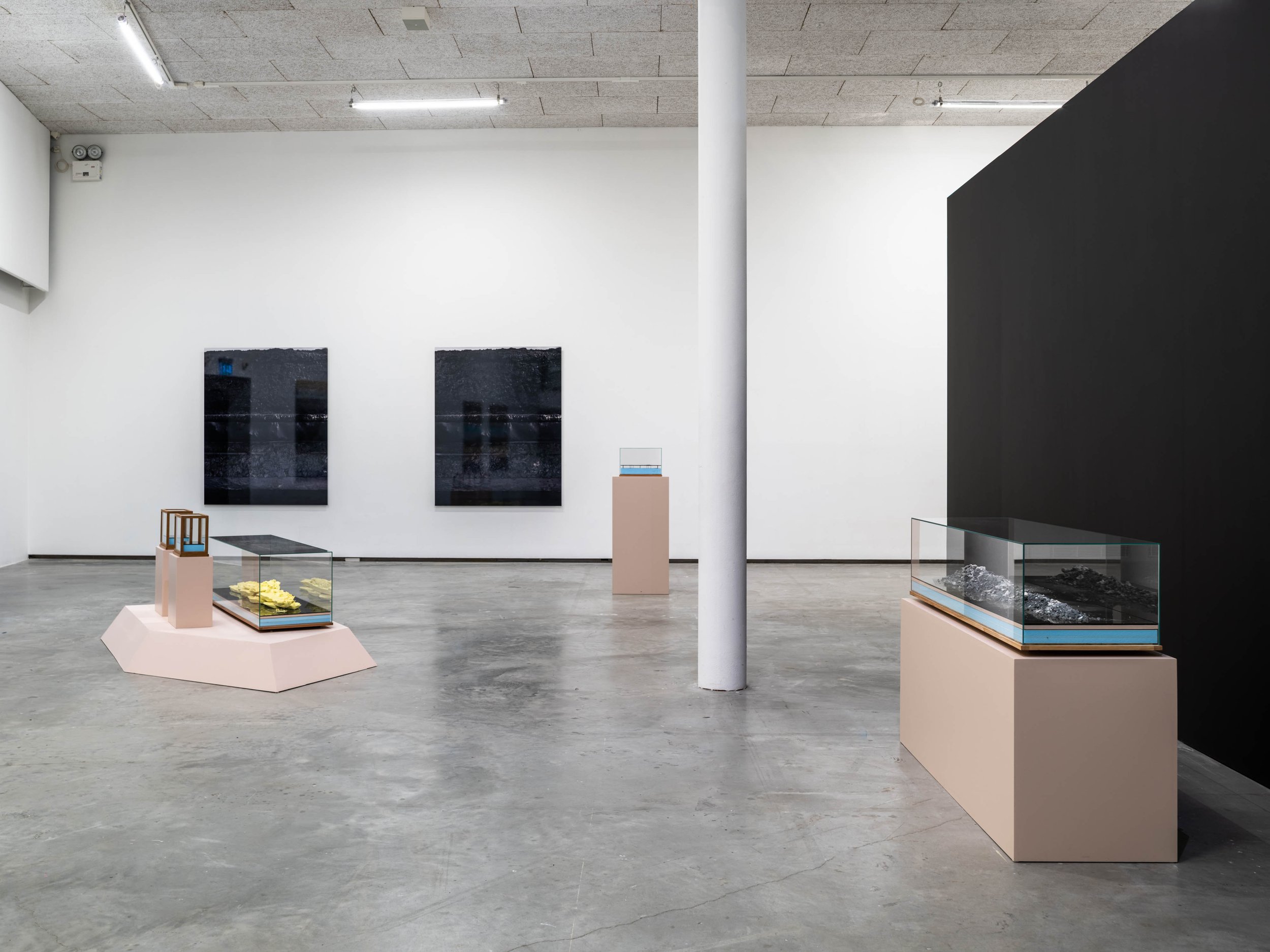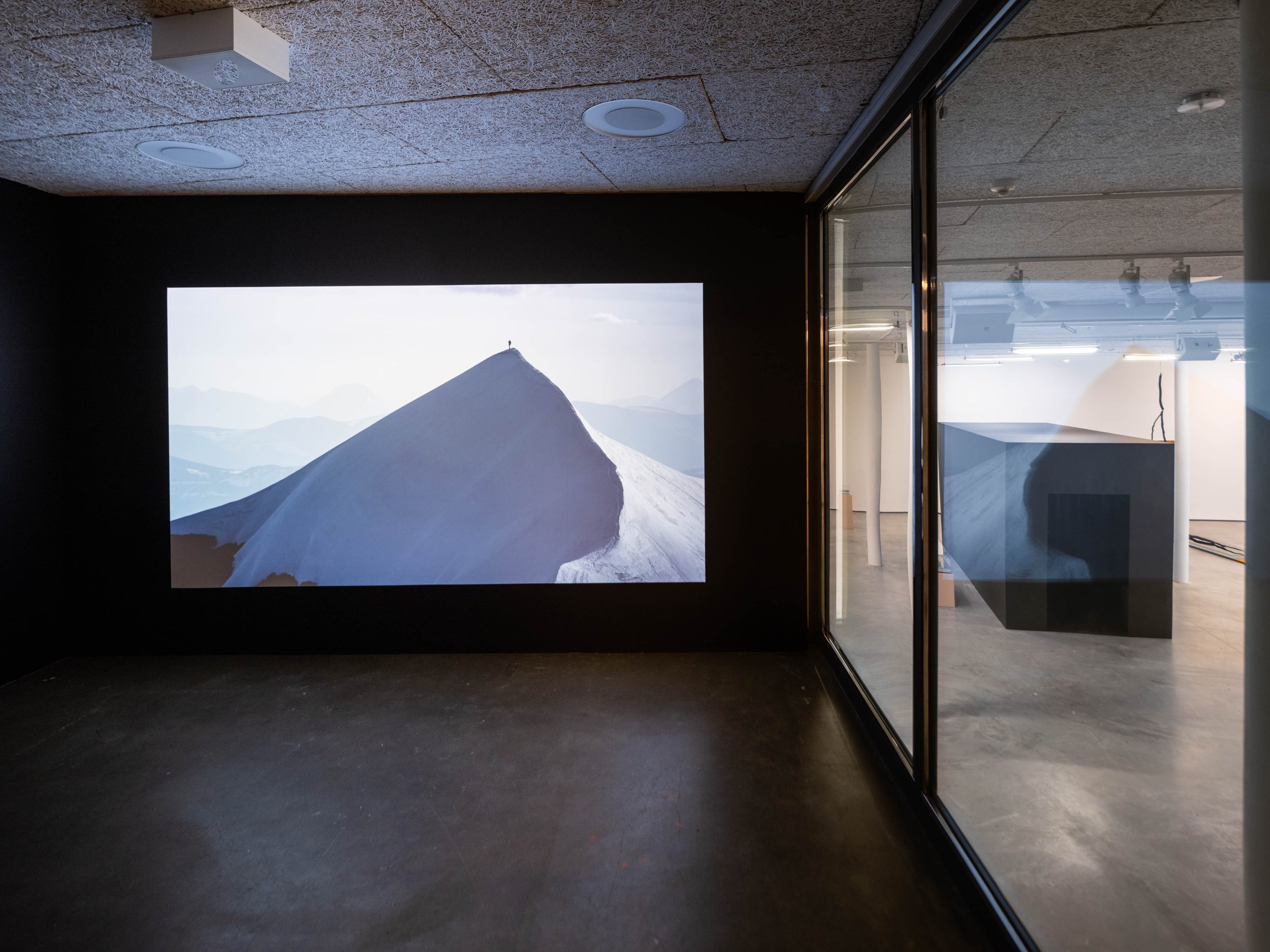DEN TUNNA YTAN/THE THINNEST LAYER
22.10 2022 – 22.1 2023 MARABOUPARKEN KONSTHALL
The Thinnest Layer is the crust of the Earth, but maybe also the human skin. In Hanna Ljungh’s practice, our world dissolves, her work moves just as well on the surface and under, as further out into space.
By not remaining at the surface but making her way into the body and deep down, she points to the connections between what is us and what surrounds us. It is in many ways both a near sighted action and one of overview, where correlations become obvious through actual equivalents. We consist to a large extent of the same minerals as the ground we walk on.
Minerals in our body, like magnesium, iron and calcium are the foun-dation for an entire industry of nutritional supplements and diets, but in a mining country like Sweden, the bedrock is also the foundation for a substantial part of the economy which has built the country for hundreds of years. Mining is increasingly a source of conflict, where different interest clash – consideration for climate, indigenous people and landscape versus jobs and access to those minerals that are a condition for the new electricity powered society. Hanna Ljungh identifies the points of intersection.
The mine is one of those points, the place for descending into that dark-ness which through history often has been an image of evil and uncon-sciousness. Another point is the melting peak of the mountain Kebnekaise, and even higher up, the space probe Rosetta is on its way to a comet like an image of the human’s endless curiosity and everlasting quest for something to extract.
The exhibition extends vertically. It points toward the mountain peak and out into space while it simultaneously travels down through the Earth’s crust, through the many strata which in the end are nothing but a thin layer. The works are drilling downwards, passing through strata after strata, lingering deep down between layers of stone. How would it be to lie there, between the heavy blocks of stone – would it be a safe place or a space of terror? The small bed of marble can be read as a hiding place or as an existential threat – maybe this is the place we must imaging ourselves in, in order to understand our vulnerability.













foto:Jean-Baptiste Béranger